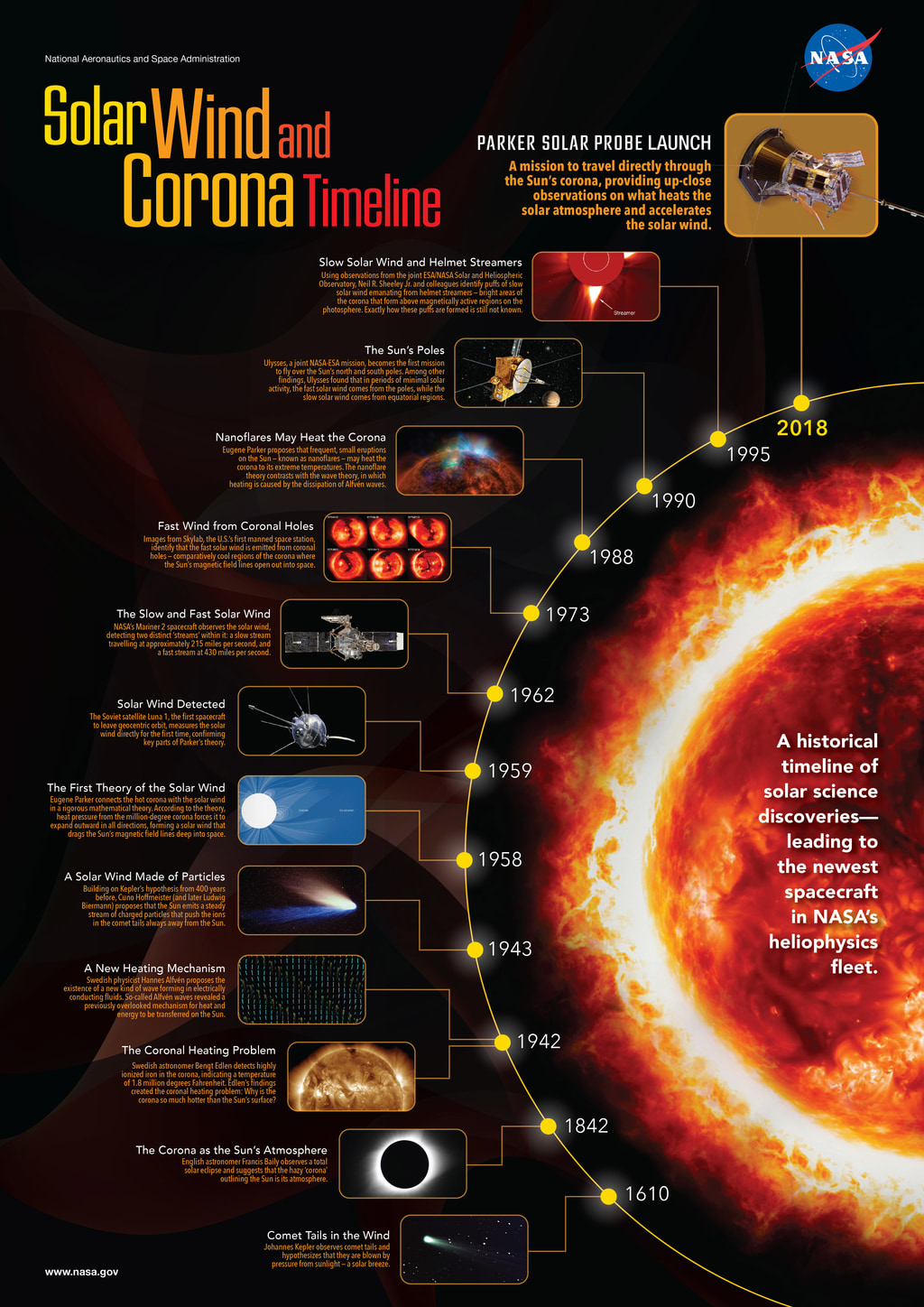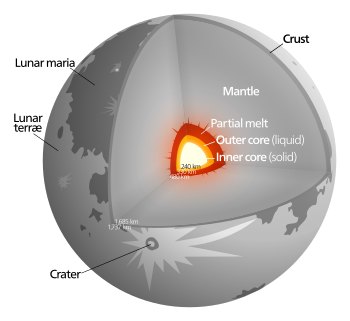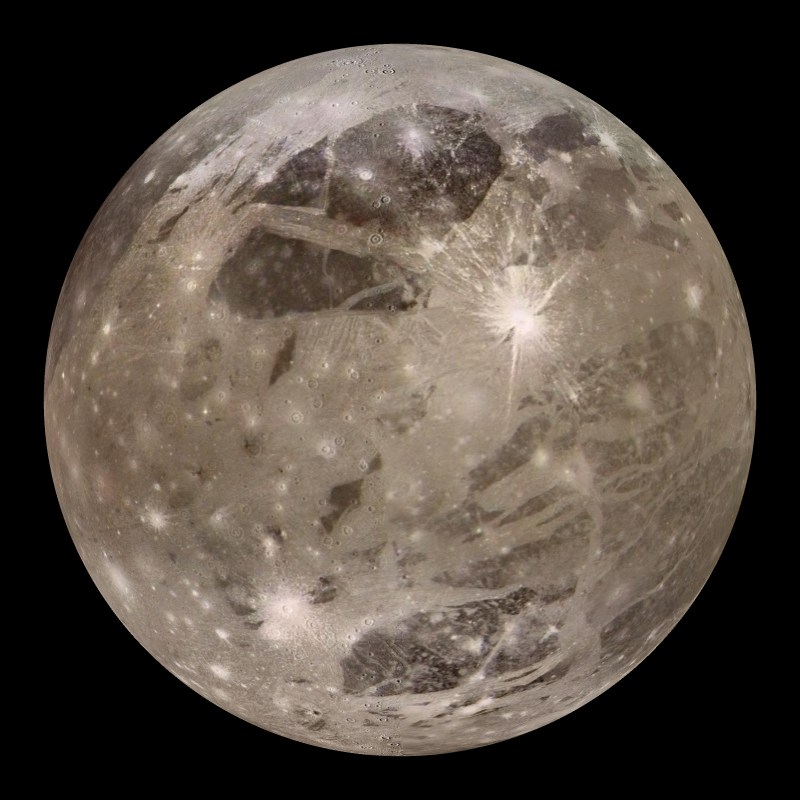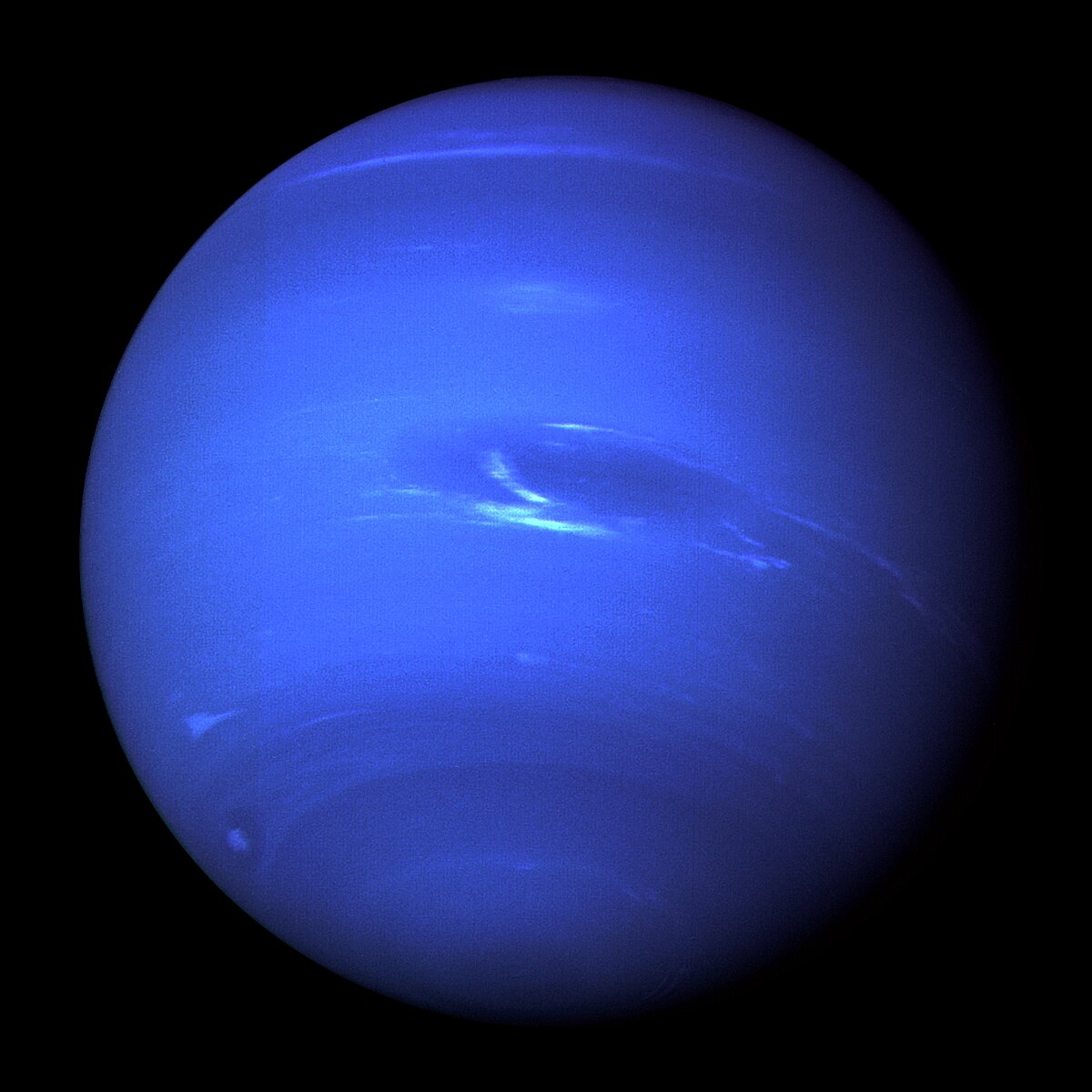Term 1
In Science: Psychology - I had finished my badge.
In Cybersmart - Smart Learner
Reading
We hadn't done that much things in the first term. Below are some things that I've posted.
| Me on the Scenic Railway Not a good image because I had taken it on one hand while it going on |
1. Blue Mountains
The post was about the trip to the Blue Mountains, Katoomba, Sydney. Here's the link to the post. I had been seen the Three Sisters (an unusual rock formation), been on the 'Scenic Railway' (a 52° railway that goes down, it is the steepest railway in the world) and went on the 'Cableway' and 'Skyway'. It was really fun.
2. The Olympics
 |
| 2018 Commonwealth Games |
I had posted two posts about the '2018 Commonwealth Games'. Here is the link to the post. The first post was about information about the 2018 Commonwealth Games. It included why it is held in the Gold Coast and other recommended cities.
In my second post, it included the medal standing scoreboard. Well, Australia was first, with a lead of 72 medals. New Zealand was 6th place, with 32 medals.
After the Commonwealth Games ended, I had made a post about the medal standings scoreboard (again) and I added in the best moments in the Commonwealth Games.
Term 2
In term 2, I had posted a lot. Most of them are from my Astronomy science badge. On the 23rd of May, I had been to the EPro 8 Challenge at Cobham Intermediate. In my team, there was Axle, Zayd, Lars and I. It was really fun, we were 6th place. We were just a few points away from 3rd place. Here is the link to the post.
For Philosophy, I had made a Powtoon about 'Why Don't we feel Earth Orbiting?'. Here is the link to the post if you want to see the video.
My most favourite moment of term 2 was making the Solar System. On the right, is an image of how it looked like. It looked really realistic and I'm really proud of it. Here is the link to the post if you want to know some facts/information.
Holidays after Term 2
 I had gone on a trip to Rotorua, it was awesome and it was really fun. Here is the link to the posts. My most favourite moment was going to Wai-O-Tapu. So we went to Wellington by plane, then drove to Palmerston North and stayed there for a night. The next day, we drove to Taupo and had lunch there. After an hour later we reached Rotorua. By then, it was night time. We had reached the lodge. The third day was long, we had heaps of fun. So first we drove south (between Rotorua and Taupo) to Wai-O-Tapu (a geothermal area). First, we had been to the 10:15 AM, Lady Knox Geyser. It was really cool and we could feel the water (because of the wind blowing in our direction), by then the water had turned cold when it came to us. After the show, we went to Geothermal Park via the Visitor Centre. It was a 2.5km walk. One of the coolest parts was the Champagne Pool (not really champagne [just the name]). We had to cross a wooden boardwalk. As you can see the second image, you have to cross over a boardwalk. That time it was the winter season so the Champagne Pool was steamy and we couldn't even see anything.
I had gone on a trip to Rotorua, it was awesome and it was really fun. Here is the link to the posts. My most favourite moment was going to Wai-O-Tapu. So we went to Wellington by plane, then drove to Palmerston North and stayed there for a night. The next day, we drove to Taupo and had lunch there. After an hour later we reached Rotorua. By then, it was night time. We had reached the lodge. The third day was long, we had heaps of fun. So first we drove south (between Rotorua and Taupo) to Wai-O-Tapu (a geothermal area). First, we had been to the 10:15 AM, Lady Knox Geyser. It was really cool and we could feel the water (because of the wind blowing in our direction), by then the water had turned cold when it came to us. After the show, we went to Geothermal Park via the Visitor Centre. It was a 2.5km walk. One of the coolest parts was the Champagne Pool (not really champagne [just the name]). We had to cross a wooden boardwalk. As you can see the second image, you have to cross over a boardwalk. That time it was the winter season so the Champagne Pool was steamy and we couldn't even see anything.Walk 2 was quite boring because there were only bushes and trees that we could see. As we go down the stairs, there were two directions to go. We had gone on the right side (starting from No.13) and we went till No.15. When we reached at the end of the Frying Pan Flat, it started drizzling. It was a good thing that we didn't go in the other direction. So we ran back, we went past the Champagne Pool, saw the Sulphur Cave and the Devil's Cave.
Below is the map of Wai-O-Tapu.

After Wai-O-Tapu, we drove past Rotorua, Tirau, Piarere, Cambridge, Kihikihi, Otorohanga, Hangatiki and arrived at Waitomo. I can remember some cool facts that the guide told us.
- "Every time the water drops from the rock it creates the rock. Every thousand drop makes about the size of one cubic centimetre."
- The host showed other rocks and said that that looks like a family with a mother, two kids, a dog and a tiny father. There was a big rock that looked like an elephant. The host also talking about the rock shaped Kiwi.
- "Glowworms' food can be their family members."
We went to Hamilton for a short while and went to Rotorua.
It was an amazing trip at Rotorua. Now, I'll talk to you about Term 3.
Term 3
In Term 3 we had done Business and Enterprise. For cybersmart, we had done Smart Relationship.
Here's a small preview of our Business and Enterprise.
In my first post, I had included who was in my group, what we were deciding to make, writing the financial letter, making our logo/slogan, marketing plan, making our banners, listing our tasks and what we need to do on time.
On the 22nd of August, we had gone to Cantamath 2018 competition at Horncastle Arena, after school. In the group, there were Axle, Zayd, Jeff and I. There were many schools competing in different years. Our school had about 3 teams competing, year 7s, 8s, 9s.
Also, there was another competition, it was the 'Great Christchurch Technology Challenge'. We took part in the Construction Challenge. We had to make a walking frame out of newspaper and sellotape. In the group, there were Axle, Lyan and I. After the walking frame was built in 1:30 hours, the judges had to put a wooden beam on top of the walking frame. Our walking frame could hold only one wooden beam. We got points by getting the perfect measurements right. We had come 3rd place. In the prizes, there were a VR and Bluetooth speakers. We could choose one, so I chose the Bluetooth speakers. It was really fun and I wish that I could do it again.
Holidays after Term 3
I had done my Geology badge, to finish it. Here's the link to the posts. I just had my science badge over the holidays.
Term 4
It was the final term of the year and I was so excited. I had started my Environmental Science Badge and finished it. In cybersmart, we had done Smart User. We had answered some questions from A Google A Day (Explorers, Amphibious vehicle), written a biography about Sir Peter Blake who was a famous sailor and done some Summer Learning Journey Preps (Activity 1, Activity 3).
 We had passion projects and I chose Discovery. In Discovery, we had chosen to do food, trying to discover something and change it. If you want to see the posts, click here. It was really fun and we discovered cool things. I was in a group with Axle, Vann and Ranit. We had lots of fun trying and making new products/dishes. My favourite product was the Panna Cotta. It looked so good.
We had passion projects and I chose Discovery. In Discovery, we had chosen to do food, trying to discover something and change it. If you want to see the posts, click here. It was really fun and we discovered cool things. I was in a group with Axle, Vann and Ranit. We had lots of fun trying and making new products/dishes. My favourite product was the Panna Cotta. It looked so good.
On the 27th November 2018, I had watched the landing of NASA's InSight Lander. Here is the link to see the posts. I had posted about the lander on that day. It included goals in the mission, an overview, images, a video of the landing, more other videos and why is InSight going to Mars. After a few posts later, I had posted another post about NASA's InSight Lander. It was mostly about the instruments that NASA's InSight lander has. A day later, I looked at the articles of InSight and I found out that InSight had recorded a clip of Mars' wind.
I hope you like my post about the review of this year. Be tuned to view my posts about NASA InSight, the Summer Learning Journey and I will be starting a new series, starting from today December, so be tuned. Have a cool day!! Bye!!
 We had passion projects and I chose Discovery. In Discovery, we had chosen to do food, trying to discover something and change it. If you want to see the posts, click here. It was really fun and we discovered cool things. I was in a group with Axle, Vann and Ranit. We had lots of fun trying and making new products/dishes. My favourite product was the Panna Cotta. It looked so good.
We had passion projects and I chose Discovery. In Discovery, we had chosen to do food, trying to discover something and change it. If you want to see the posts, click here. It was really fun and we discovered cool things. I was in a group with Axle, Vann and Ranit. We had lots of fun trying and making new products/dishes. My favourite product was the Panna Cotta. It looked so good.On the 27th November 2018, I had watched the landing of NASA's InSight Lander. Here is the link to see the posts. I had posted about the lander on that day. It included goals in the mission, an overview, images, a video of the landing, more other videos and why is InSight going to Mars. After a few posts later, I had posted another post about NASA's InSight Lander. It was mostly about the instruments that NASA's InSight lander has. A day later, I looked at the articles of InSight and I found out that InSight had recorded a clip of Mars' wind.
I hope you like my post about the review of this year. Be tuned to view my posts about NASA InSight, the Summer Learning Journey and I will be starting a new series, starting from today December, so be tuned. Have a cool day!! Bye!!





















